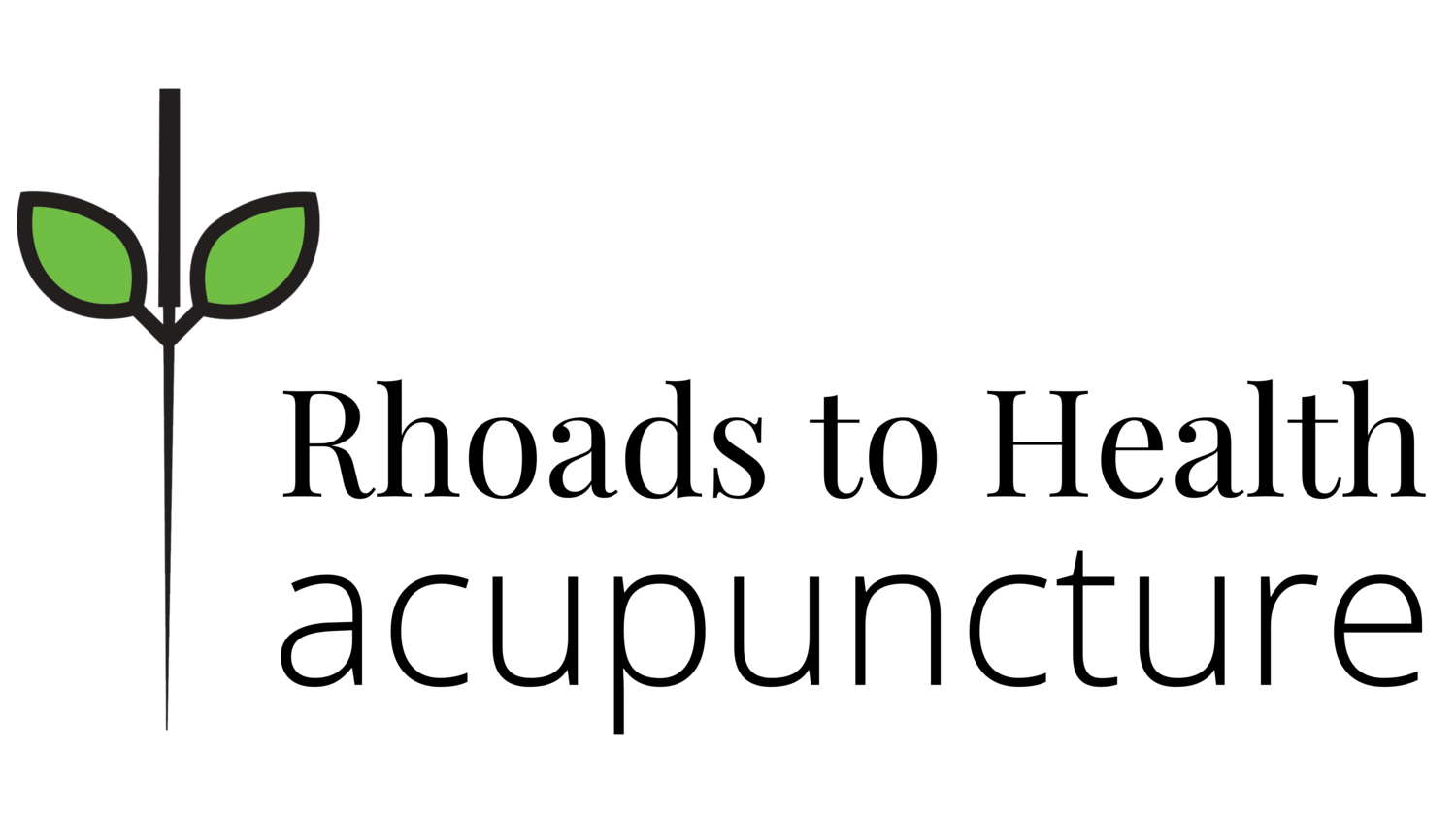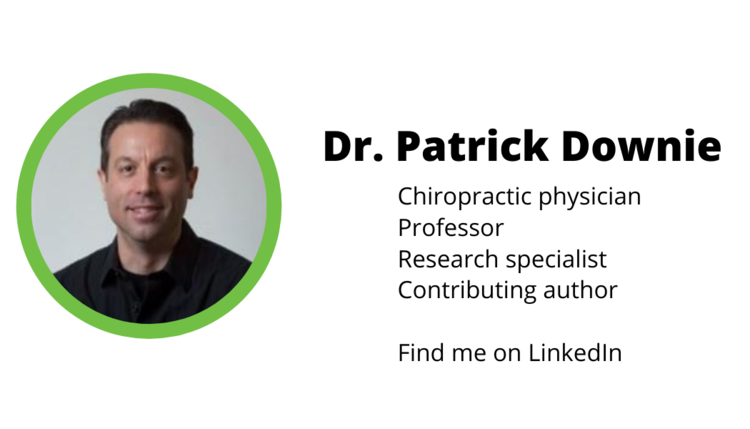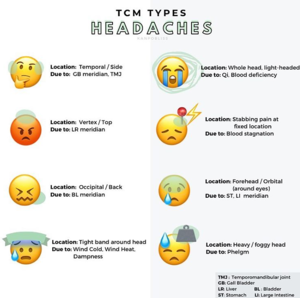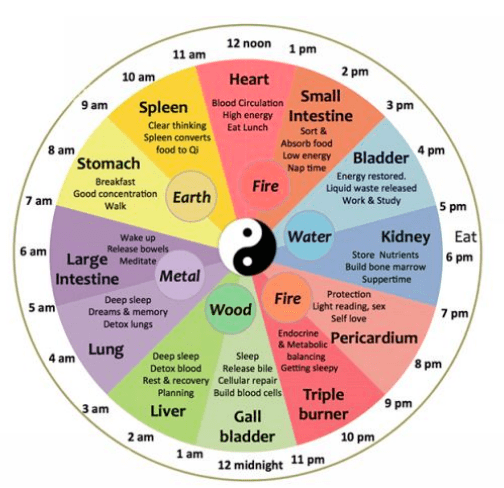In this edition of Research Roundup, we’ll examine how acupuncture can be used to decrease the pain and functional limitations found with the slow deterioration of the knee joint due to arthritis. While there are many different types of arthritis, this specifically refers to the most common one which is osteoarthritis [OA], sometimes referred to as degenerative joint disease [DJD]. Osteoarthritis can affect any joint in the body that contains articular or joint cartilage, and the knee is particularly affected. The hip joint is the second most common joint to suffer this disease. While the causes of osteoarthritis can be from several different factors, it is the symptoms that can be disabling for the patient. Deep, dull, and achy type of pain, especially at night or during times of rest that actually decreases with activity is a very typical presentation. Functional limitations such as joint stiffness and loss of full ranges of motion are very common. It is important to note that the disease is progressive and the goal of any therapy is to slow the disease. The article for this week examines the role that acupuncture can play in obtaining that goal and delaying any surgical joint replacement intervention.
While the disease is often thought of as bone disease, it is actually related to the articular cartilage. There are bony changes that are secondary as the disease progresses. This cartilage is a fascinating tissue as it actually requires movement to thrive metabolically. Too much, or more likely, too little movement, leads to the development of osteoarthritis as the cartilage cells fail.
The research articles examined the changes to the OA-damaged articular cartilage through the application of acupuncture, specifically electroacupuncture [EA]. The treatments were directed at decreasing the pain from the joint deterioration as pain causes one to use the joint even less. It also looked at making changes in the muscles surrounding the knee joint. The same pain also causes the muscles to be weaker from disuse, encouraging even more cartilage destruction. Please note that this particular article involves animal models of disease, with the results being extrapolated to humans [this is done all the time in research].
For the acupuncturists that are reading, the points selected were ST34, SP9, SP10, GB34, UB40, LV8, Neixiyan (EX-LE4), and Waixiyan (EX-LE5)). The frequency was set at 2/100 Hz at 2mA current. The treatment parameters were three 15-minute treatments per week for 4 weeks [12 total treatments].
The electroacupuncture was compared with a standard OA drug, celecoxib [Celebrex]. The results were interesting. The knee pain was “dramatically reduced” in both groups, and improved knee muscle size and function in the EA group, and a slightly better cartilage improvement in the drug group. This may be a factor related to the short timeframe of the study, with EA requiring additional treatments to exert its full effect. Both EA and celecoxib reduce inflammation, a significant part of the OA process, but they do it through different means [modulating nuclear factor-κB signaling vs. reducing prostaglandin (PG) synthesis, respectively].
In conclusion, acupuncture is a safe and effective therapy for knee osteoarthritis. Dr. Rhoads can work with your primary care provider to help you decrease pain, increase your knee strength, and flexibility, and slow the cartilage damage so that you can return to your golf or tennis games.
References:
-
Shi, X., Yu, W., Wang, T., Battulga, O., Wang, C., Shu, Q., Yang, X., Liu, C., & Guo, C. (2020). Electroacupuncture alleviates cartilage degradation: Improvement in cartilage biomechanics via pain relief and potentiation of muscle function in a rabbit model of knee osteoarthritis. Biomedicine & Pharmacotherapy, 123, 109724. https://doi.org/10.1016/j.biopha.2019.109724



